date
type
status
slug
summary
tags
category
icon
password
August 28, 2021 • 18 min read
by Simon Meng, mp.weixin.qq.com • See original
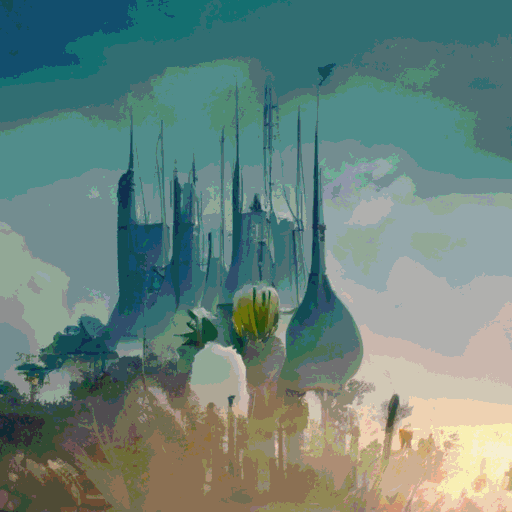
AI created 139 ultimate future scenarios (partial preview, full content in the complete article)
All images and animations in this article are AI-generated.
AI and I,
Turning each moment of worldline fluctuation into a specimen,
Selecting the slices in which humanity survives,
And slowly laying them out before you,
This is the coolest thing I can think of.
Now
— Survival Is a Blessing
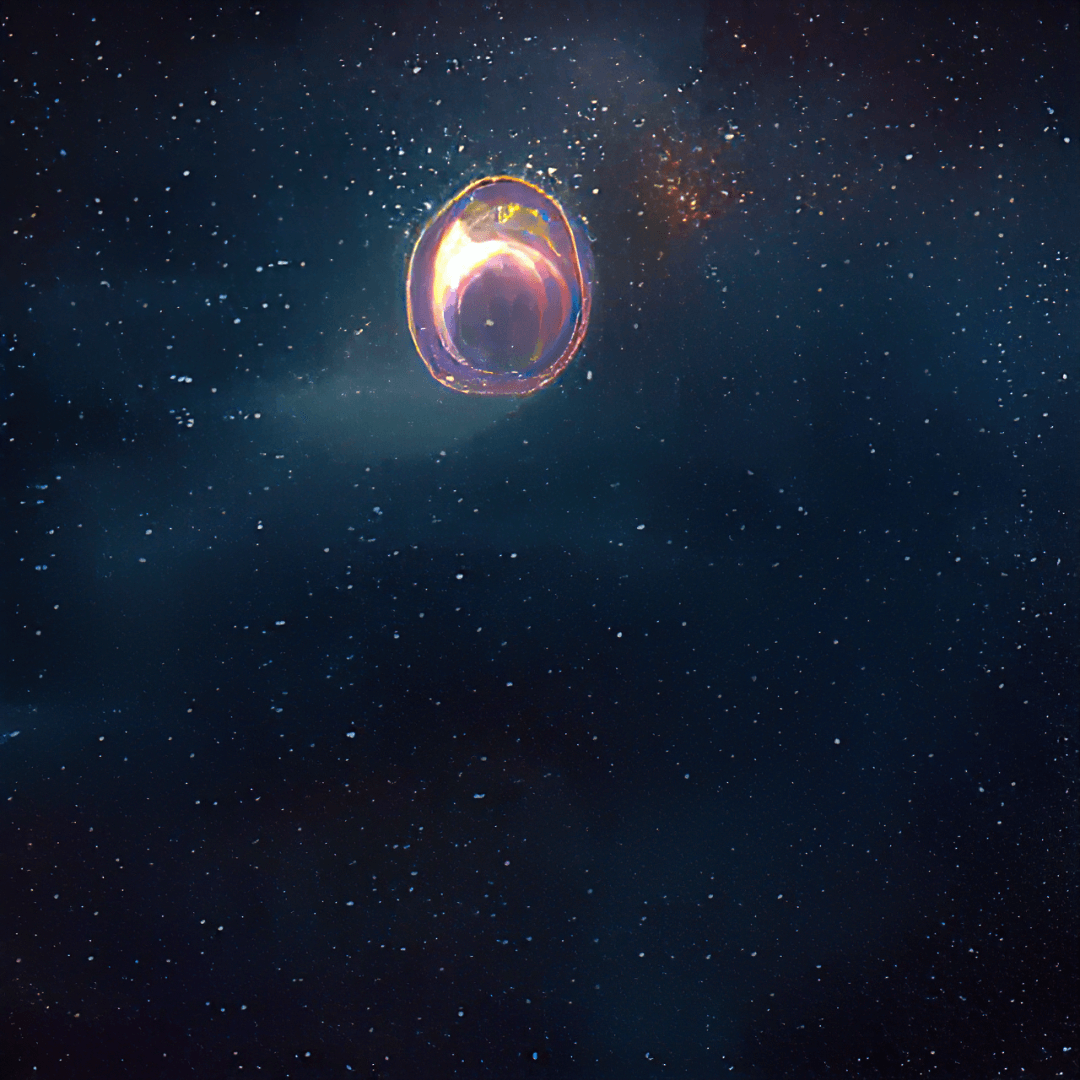
The Earth, like a tear in space, is beautiful yet fragile.
Our current construction and research are based on the fundamental assumption of "human survival on Earth." However, in recent years, the raging pandemic, chaotic extreme climates, and recurring armed conflicts have all reminded us, louder than before, that human survival on Earth is not a given.
As Liu Cixin said in The Three-Body Problem: "Survival has always been a blessing, whether on the past Earth or in the current cold universe. But at some point, humans developed the illusion that survival was a given." This is not merely a paranoid thought from a science fiction writer. Robert M. Hazen, former president of the American Mineralogical Society, once inferred that, over varying time scales, Earth may gradually become uninhabitable.
Thus, the exercise of predicting and imagining the end of humanity, though distant, is of vital importance. To be sure, in the current age of pragmatism, it is undeniably correct to channel our limited energy toward improving the present situation. Yet, on the other hand, these extreme imaginations reach the edges of most people's daily experiences, and predictions made under such information gaps naturally struggle to convince.
Fortunately, Artificial Intelligence (AI) might be the most important gift humanity has received before the end. With the power of AI, we can glimpse fragments of humanity striving to survive various doomsdays across several future parallel timelines at minimal cost.
- Note: All images and animations in this article are automatically generated by AI. The algorithms and models used are listed at the end of the article. For a simplified version of the tutorial, click "Read Original."
50 Years Later
— A World of "Nuclear Peace"

If humanity moves underground, can we recreate the glory of the past?
Within the next 50 years, nuclear weapons will still pose the greatest threat to Earth, as the balance maintained by nuclear deterrence in a tense and subtle standoff may not always be reliable.
On September 26, 1983, Soviet officer Stanislav Petrov was working at a nuclear missile early warning center on the outskirts of Moscow when radar detected multiple nuclear missiles supposedly launched from the U.S. After careful consideration, Petrov determined that it was a false alarm and did not report it to his superiors or initiate a nuclear retaliation protocol. It was later found that the Soviet satellite had mistaken sunlight reflections off clouds for missile launches.
Thanks to him being an "incompetent" sword bearer, we narrowly avoided nuclear war and survived. However, in some parallel timelines, the world may have already been destroyed. If nuclear war does indeed break out in the future, underground cities that could avoid nuclear strikes may be humanity's best refuge under then-current technological conditions.
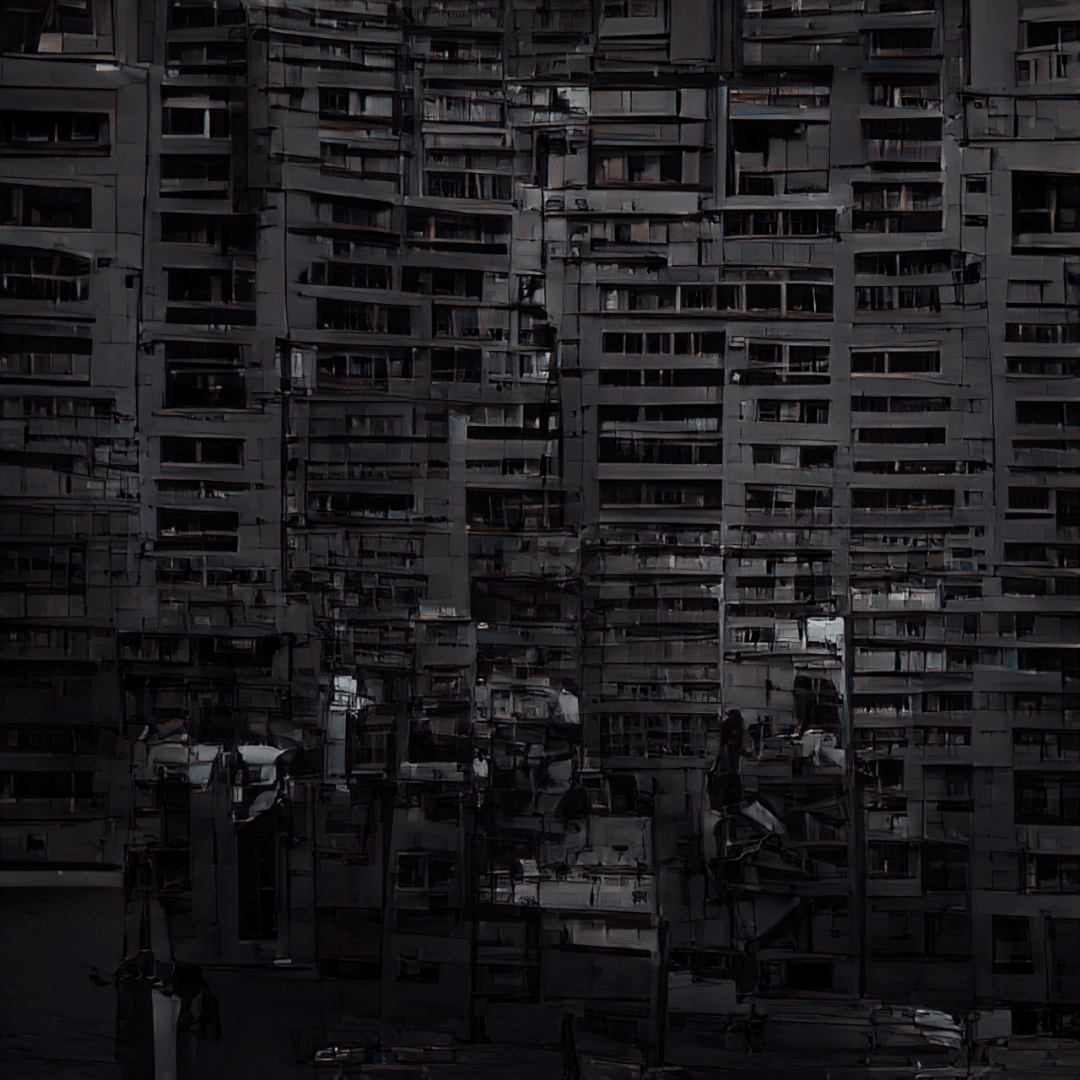
Will underground cities become dark and dismal due to the lack of sunlight and space?
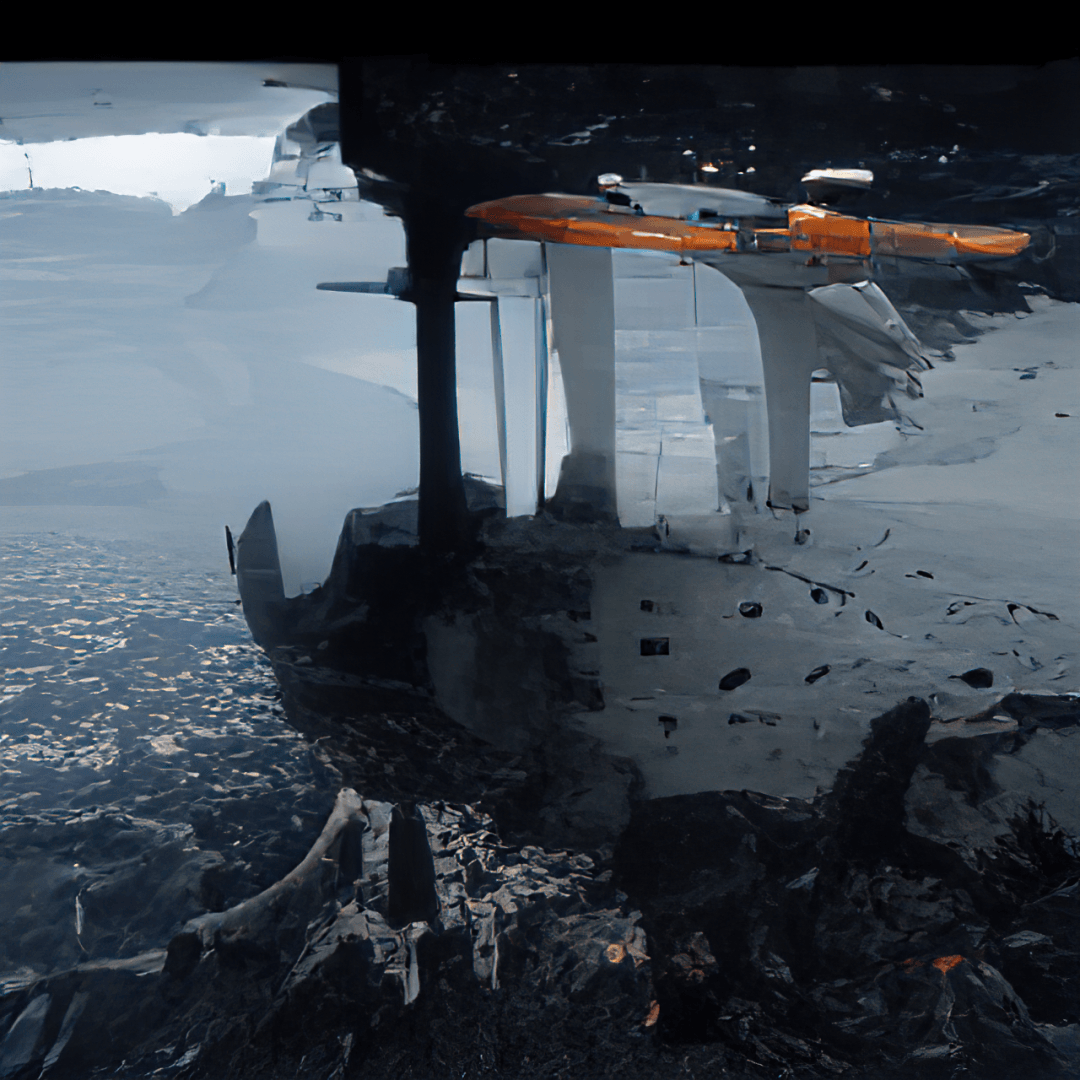
Will changes in space and social structure evolve into an entirely new social order?
(Comments are not available in this public account. Please comment under the video!)
100 Years Later
— A World of Extreme Climate
<font color="#9bbb59"></font>
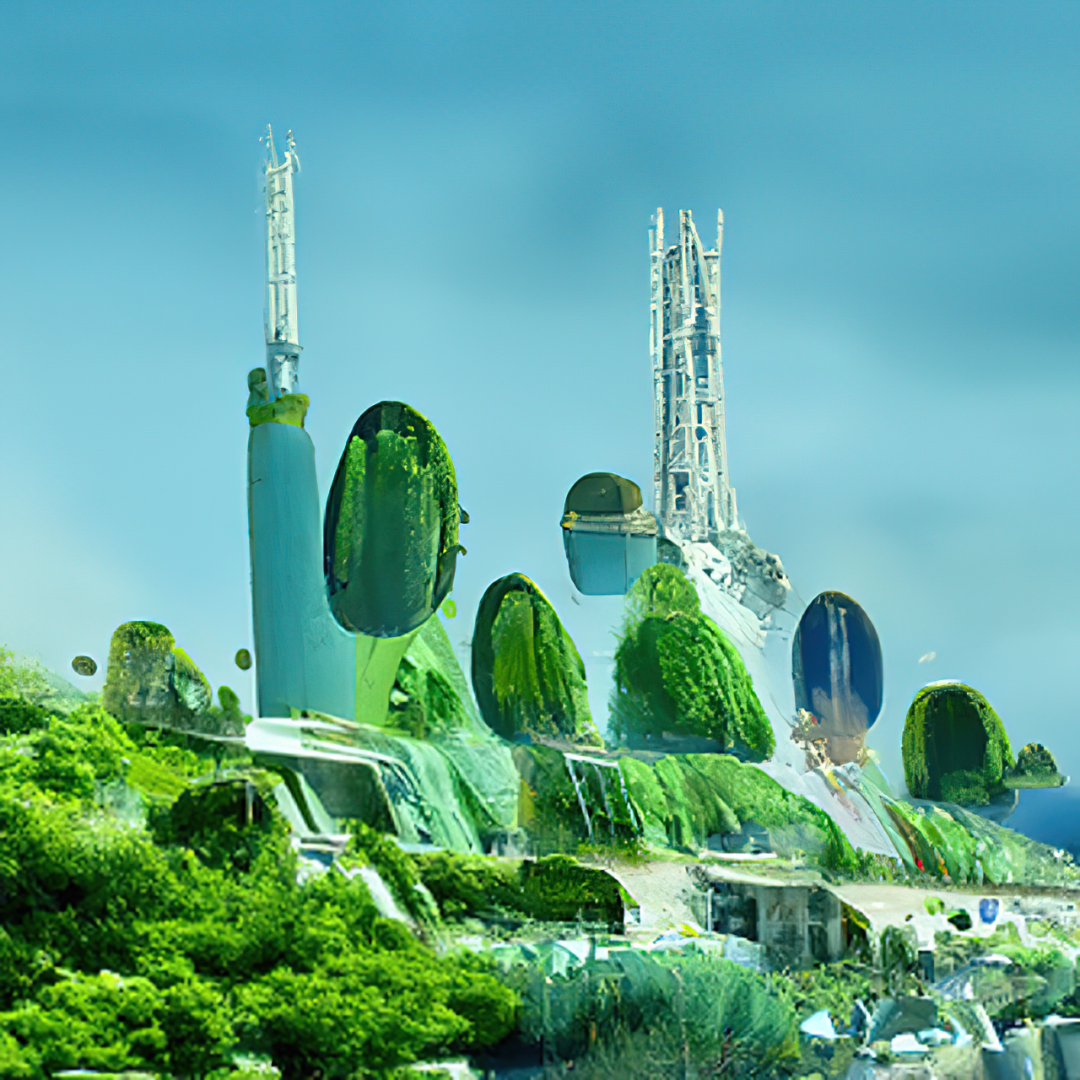
To what extent will humanity learn from nature in response to extreme climate?
Current climate and environmental monitoring indicators show that global warming and glacier melting are accelerating due to human activities, which will have significant or even catastrophic consequences over the next 100 years. To prevent the situation from becoming irreversible, "carbon neutrality" is indeed a goal we should seek. Future cities may evaluate their ability to "fix carbon" as an important criterion, possibly transforming into huge "eco-cities" symbiotically with traditional infrastructure and green plants.
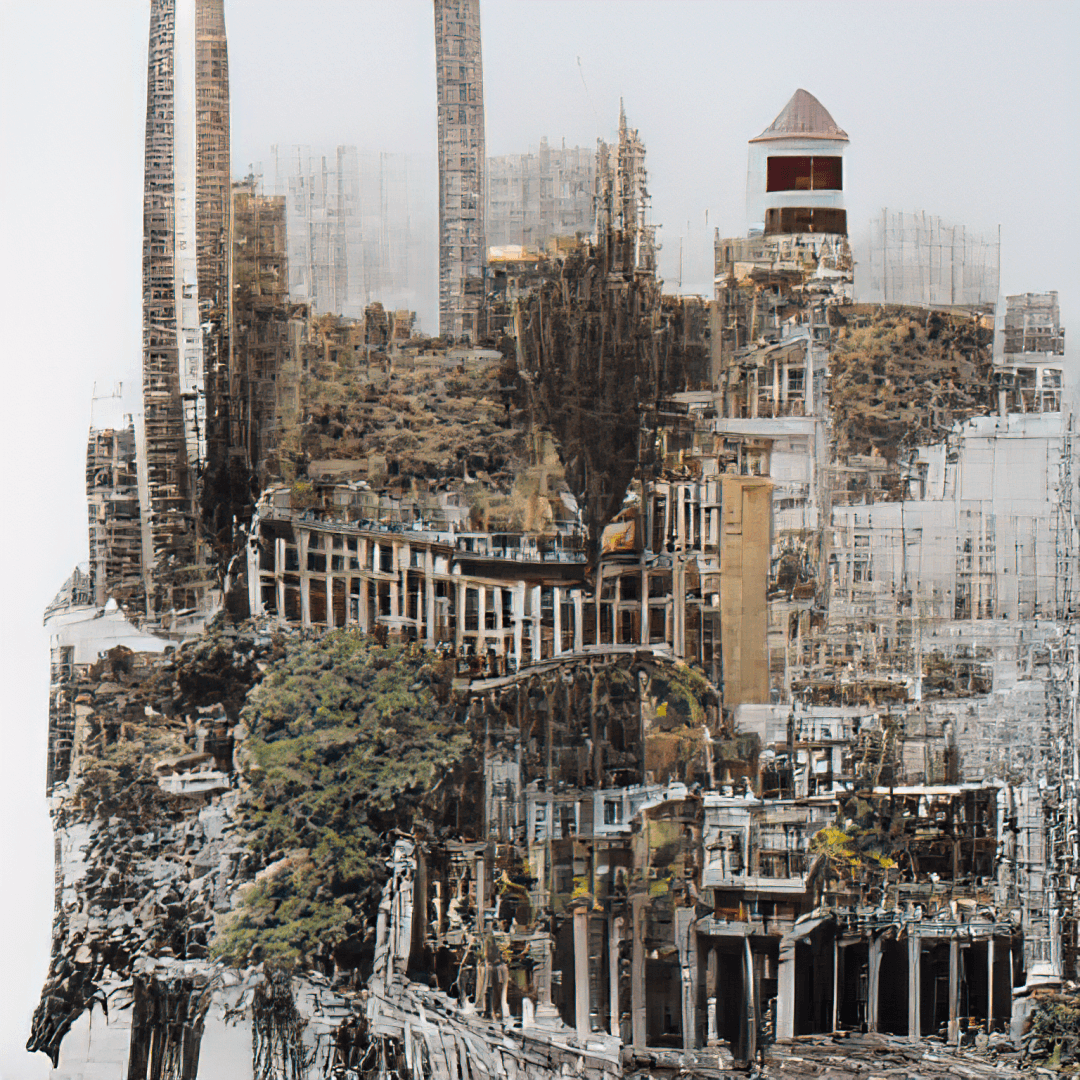
A future eco-city may not simply be about filling the city with plants.
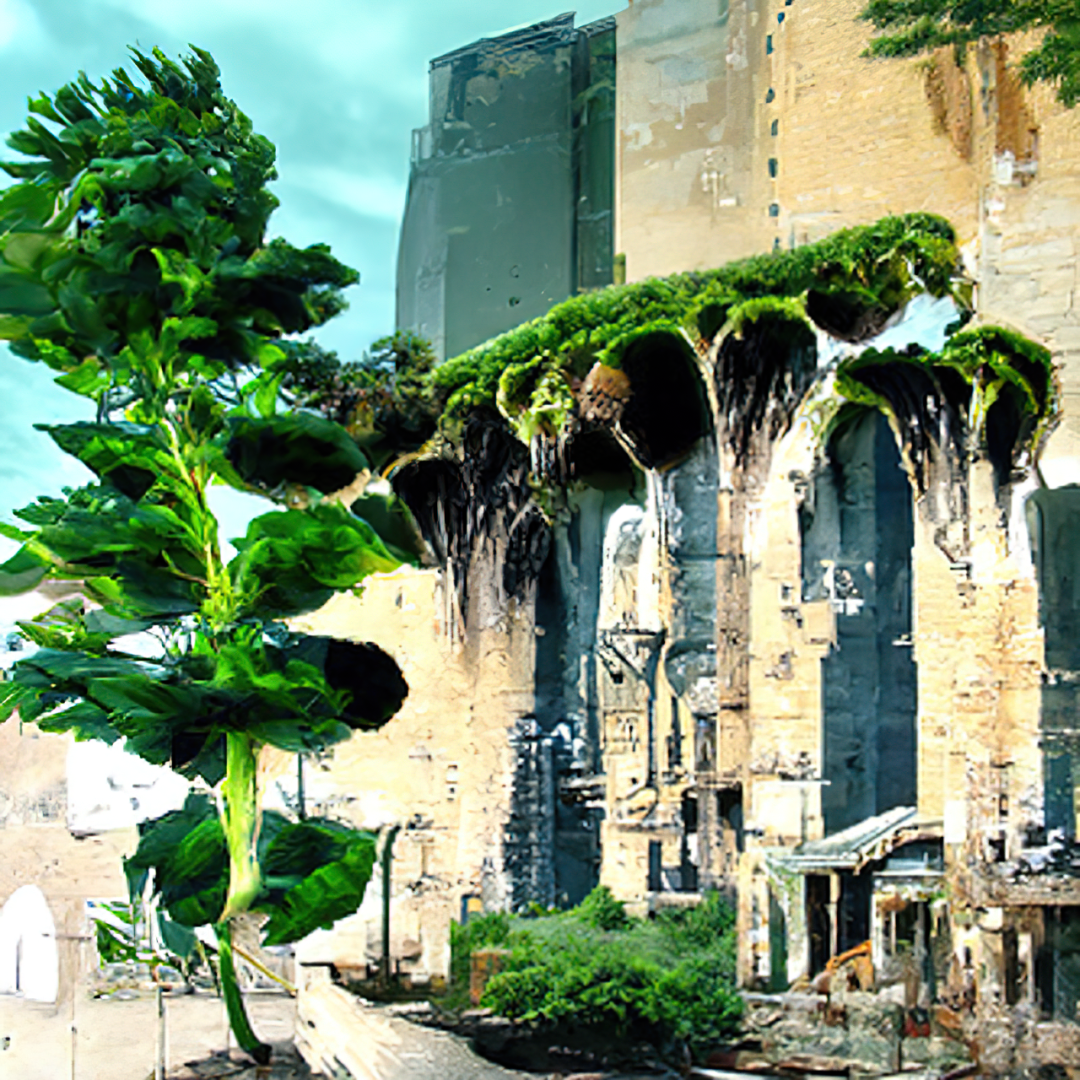
Perhaps in some sense, the city will merge with the ecological environment.
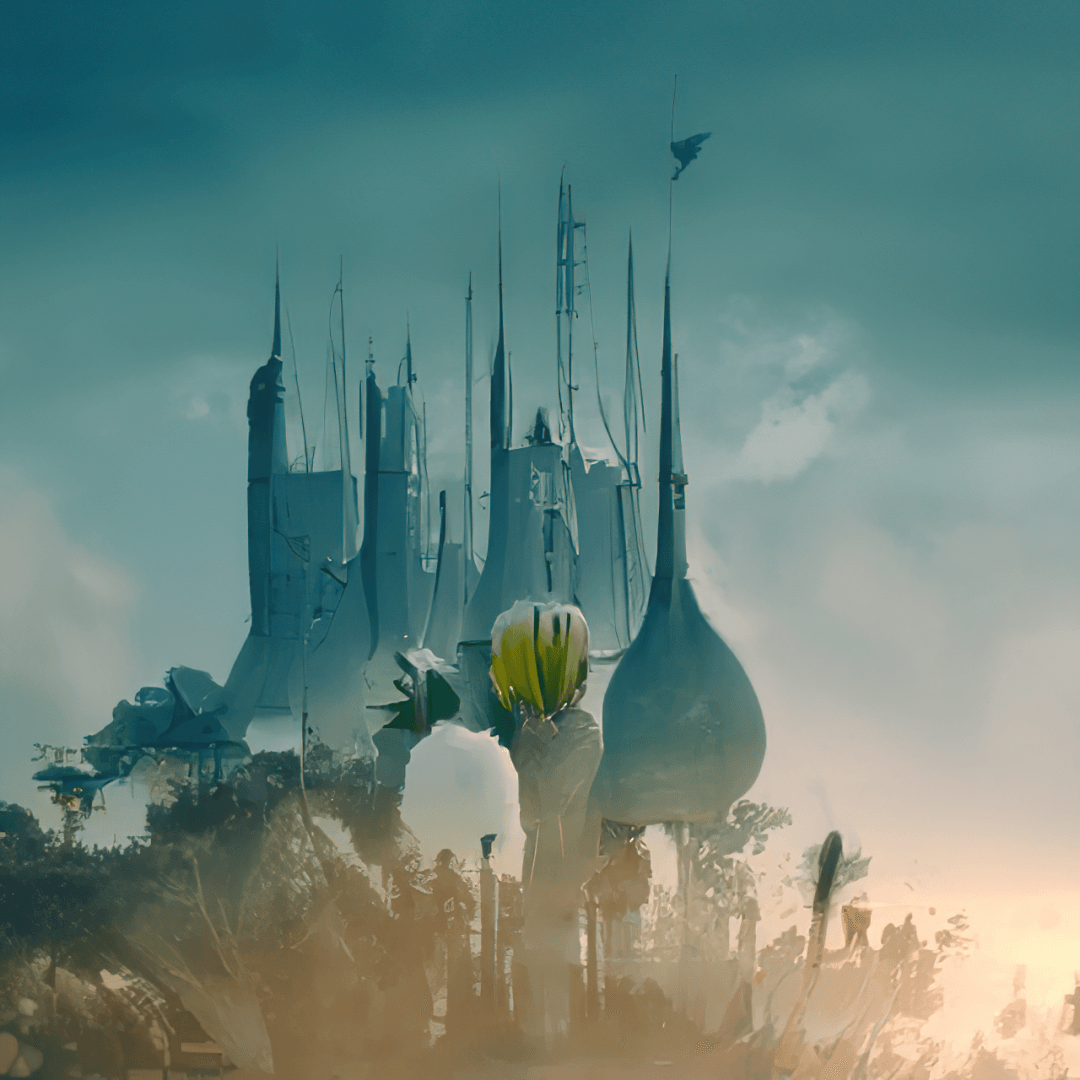

We might expect cities to be as beautiful as flowers at that time.
If organisms also have intelligence, perhaps they could combine with cities to form vast symbiotic entities.
200 Years Later
— A World of AI, Servers, and Cyborgs Only

Will one day see the world described in The Matrix come true?
Historical experience tells us that technology develops at an accelerated rather than uniform rate. The transition from weak AI to strong AI, and even to the technological singularity of super AI, may happen sooner than we imagine. After this, AI taking over the world will be inevitable, not merely because humanity might fail in establishing ethical guidelines for AI, but more likely because when AI makes every decision better than humans, ceding all decision-making power to AI becomes the rational choice.
In such a scenario, The Matrix-style scenes might be the most efficient model for maintaining human-AI coexistence. By then, cities may only be inhabited by AI, servers, and cyborgs. At that time, traditional "humans," in the conventional sense, will have already ceased to exist.
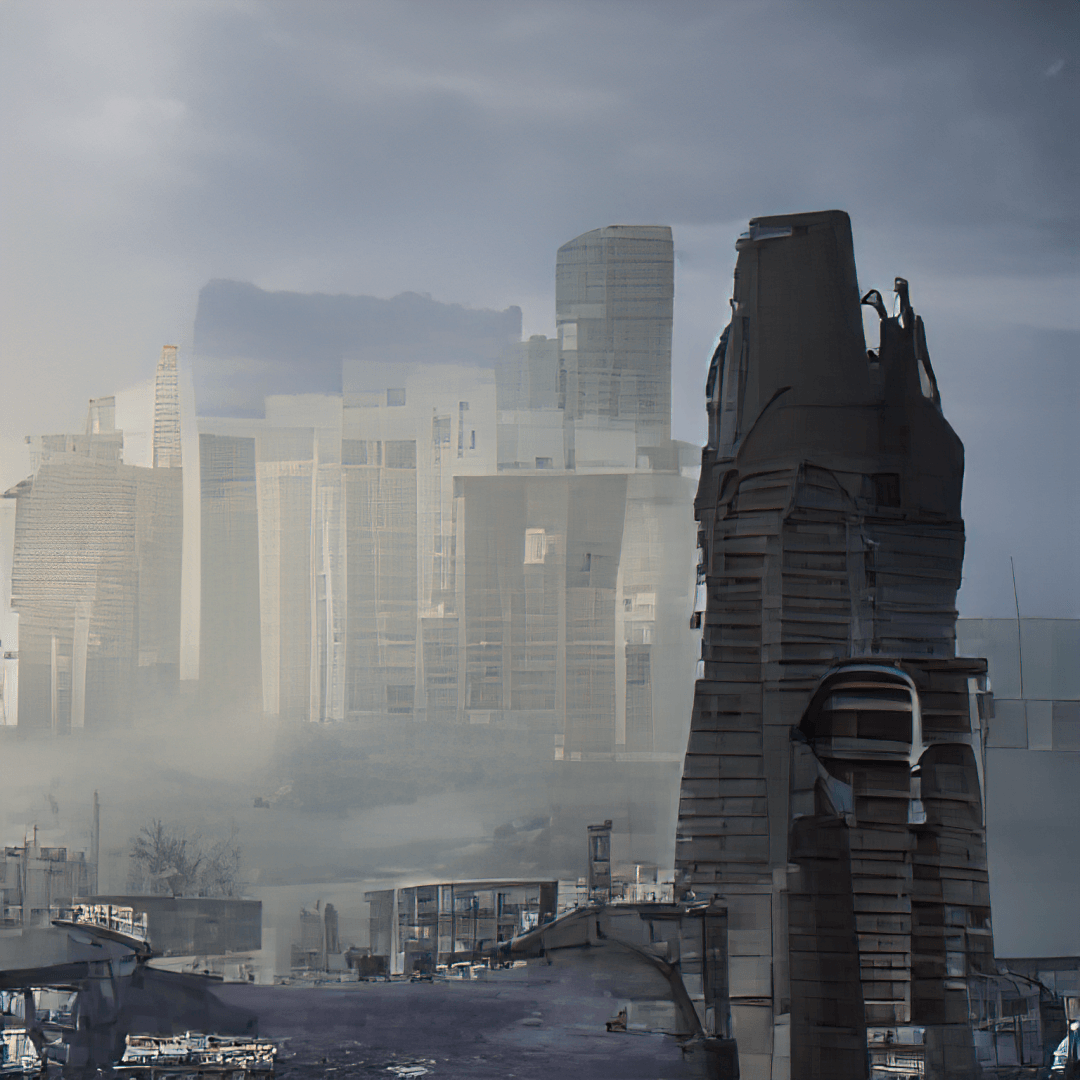
It is still uncertain whether cities taken over by AI will simply improve on current urban structures.

Or will they more closely resemble traditional "cyberpunk" cities?
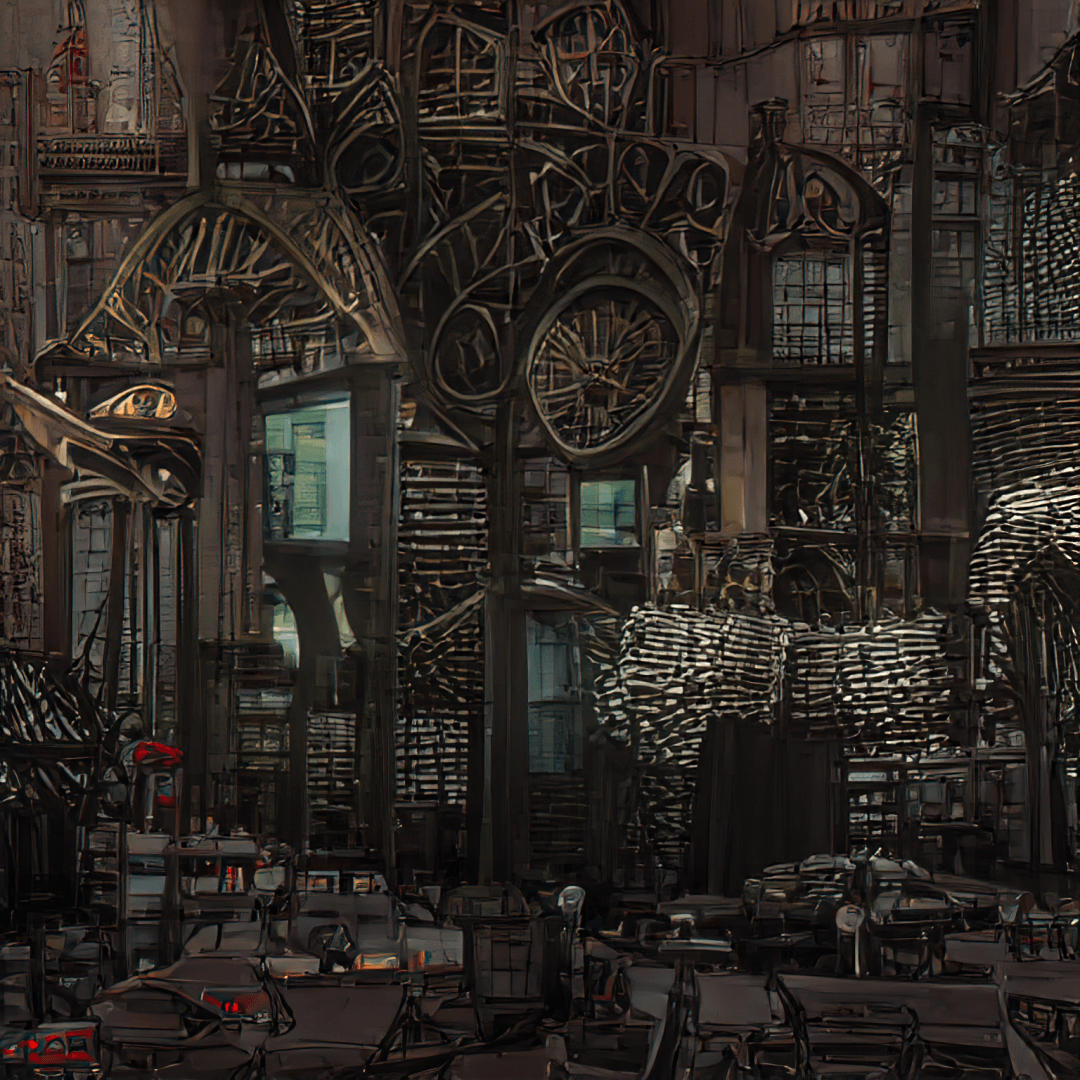
Or evolve into a vast and chaotic existence following AI's principle of optimal efficiency, beyond our comprehension?
AI created 28 cities of "Only AI and Cyborgs."
1000 Years Later
— A World of Rising Sea Levels
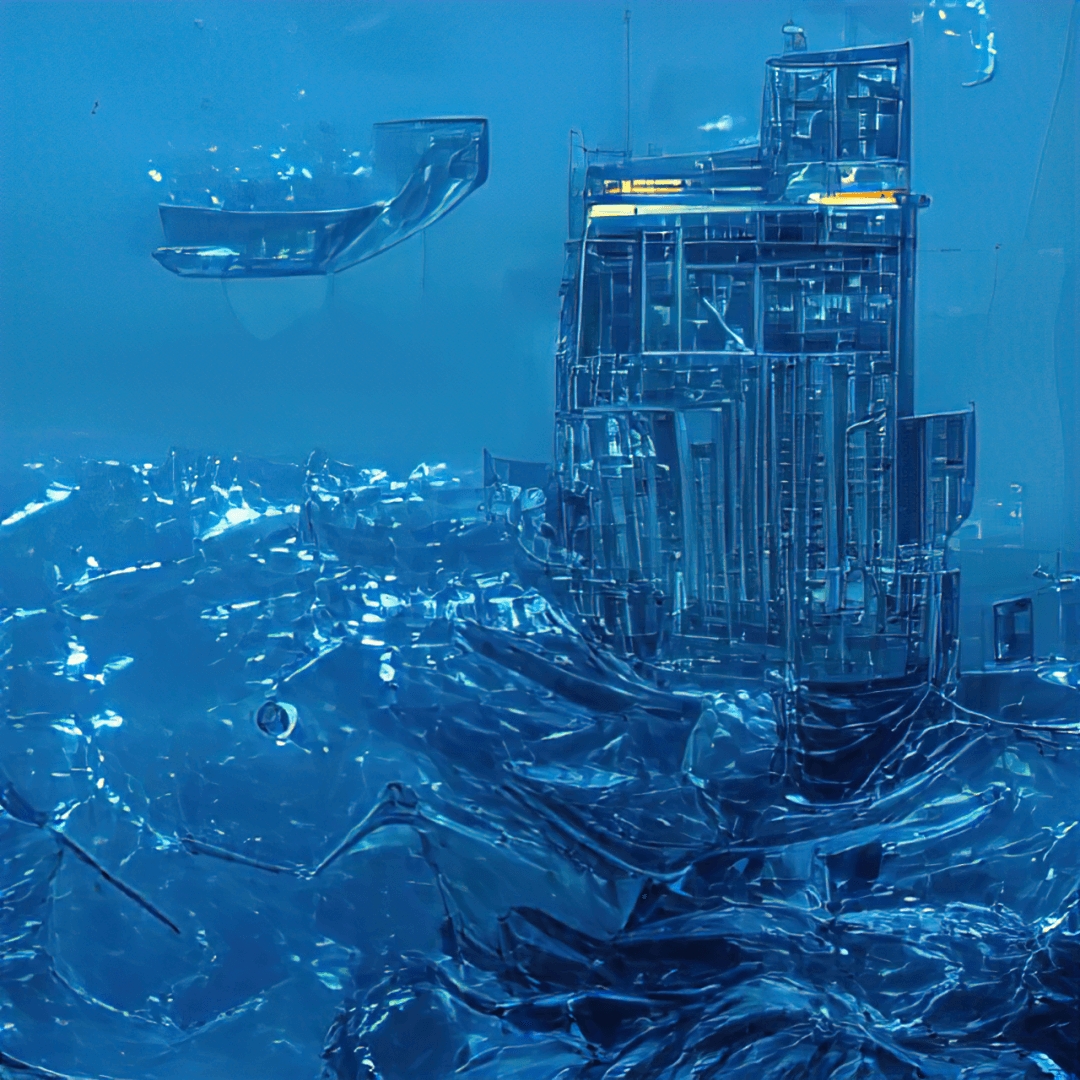
When sea levels rise rapidly, our coastal cities will inevitably be submerged.
If the aforementioned global warming trend cannot be curbed, calculations indicate that sea levels will rise over 30 meters in 1000 years, submerging most coastal cities, which are the essence of human civilization. For low-lying countries like the Netherlands, Bangladesh, and the Maldives, it will be catastrophic. In addition to migrating to higher ground, humanity might already have sufficient technological capabilities to survive underwater by then.
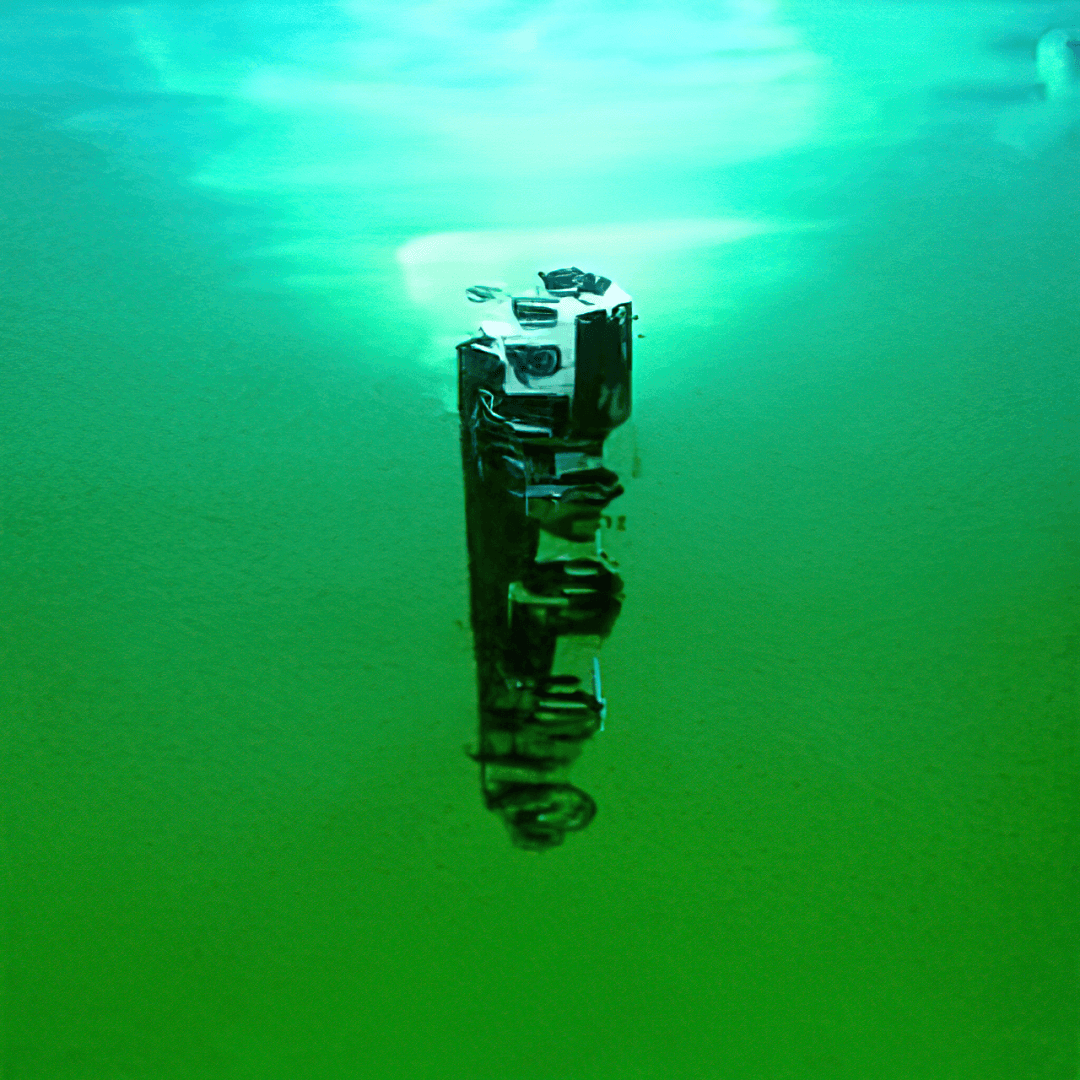
Some buildings may detach from their foundations due to buoyancy and could be transformed into mobile underwater residences.

Other buildings might be equipped with waterproof installations to survive underwater.
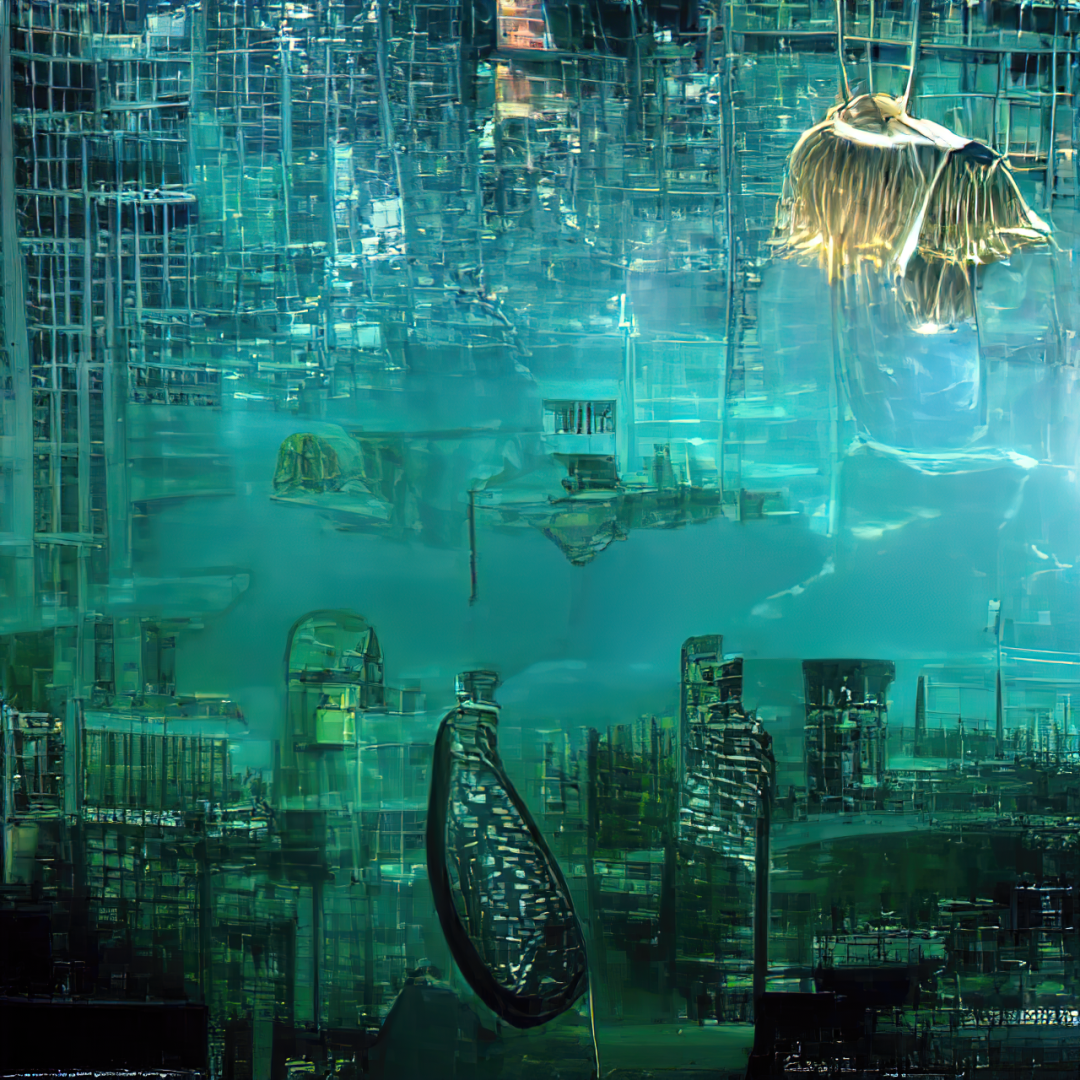
Perhaps, by that time, humans will have the ability to breathe underwater, so instead of isolating from water, we could build cities that coexist with marine life.
Another possibility is that, due to rising sea levels, the enormous tidal energy could be more easily harnessed, and cities may integrate with hydroelectric facilities.
100,000 Years Later
— A World of Global Freeze

Beneath thick ice layers, enormous natural spaces may exist, and if we're lucky, we might even see a little sunlight.
Accompanying the Earth's five major mass extinctions in geological history were drastic crustal and volcanic activities—this may not be coincidental. In 100,000 years, supervolcanoes could threaten human civilization, ejecting up to 10¹² tons of volcanic ash into the atmosphere, plunging the Earth into a freeze and causing massive death of photosynthetic plants. The ground would be covered by thick ice layers. If humanity survives, perhaps learning from modern-day Inuit and carving out rooms in the ice would be the most practical option.
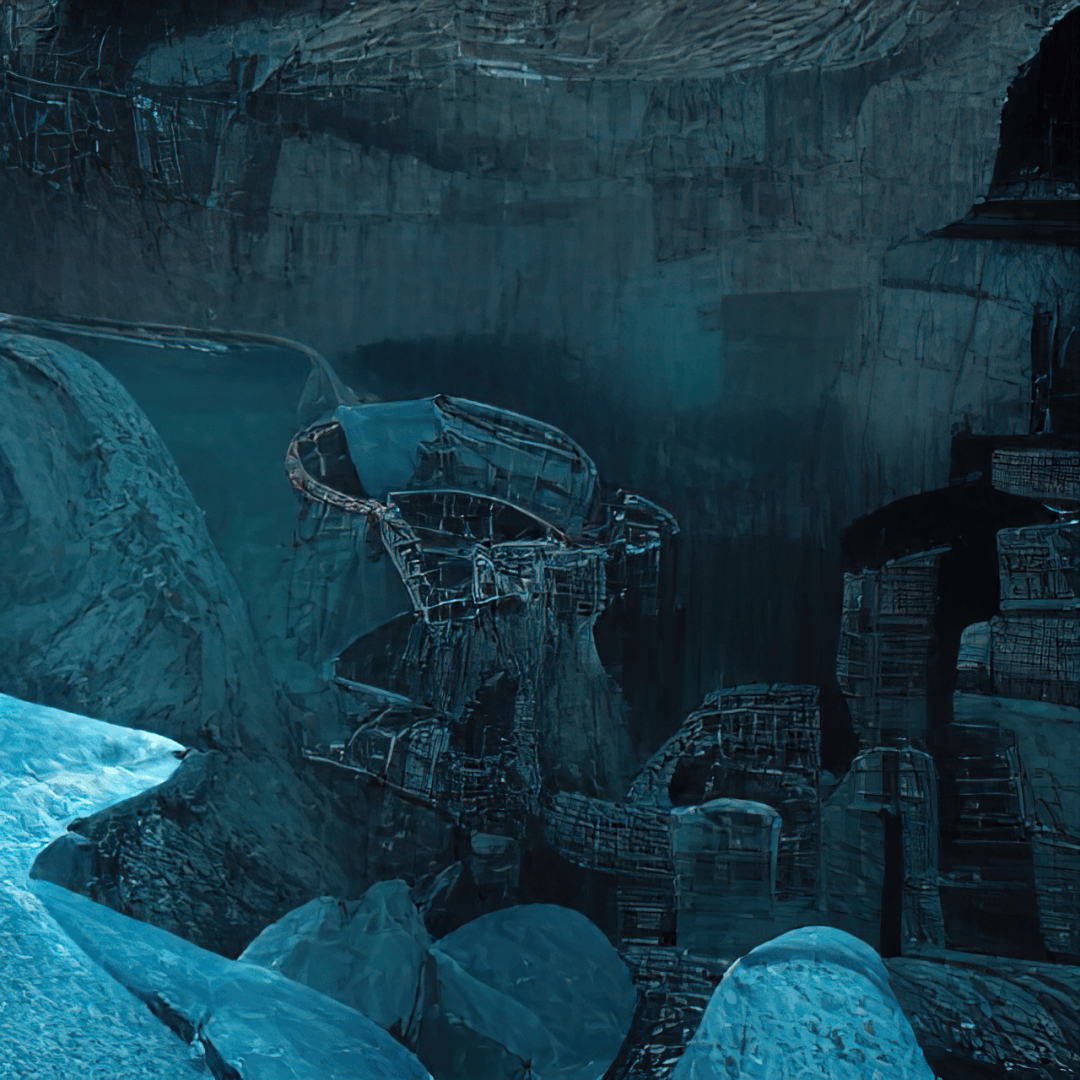
Huge subterranean spaces may be sufficient for survival, but how we acquire food would undoubtedly change significantly.
Creation Workflow:
CLIP guide VQGAN/diffusion + super-resolution scale-up + 3D photo inpainting
Original simplified 5-minute tutorial (or click "Read Original"): https://mp.weixin.qq.com/s/WNtOBtnqtJ3Yp60f_Byddw
CLIP+VQGAN web demo: https://huggingface.co/spaces/akhaliq/VQGAN_CLIP
CLIP+VQGAN GitHub: https://github.com/nerdyrodent/VQGAN-CLIP
Directing one AI with another, GAN+CLIP combined to become a "CG artist" by Quantum Bit:
References:
The Three-Body Problem (Trilogy) by Liu Cixin
A Brief History of Time, The Grand Design, The Universe in a Nutshell, by Stephen Hawking
The Next 100 Years: Earth Will Become Increasingly Uninhabitable by Robert M. Hazen: https://mp.weixin.qq.com/s/AilMR51jySlzMCaz8CnqHw
Things That Will Happen in the Far Future by MorningRocks: https://mp.weixin.qq.com/s/o1gCJGsi7VQfHGy2FCUDXQ
- 作者:Simon Shengyu Meng
- 链接:https://shengyu.me//article/ai-end-en
- 声明:本文采用 CC BY-NC-SA 4.0 许可协议,转载请注明出处。
相关文章
How I Used AI to Create a Promotional Video for Xiaomi's Daniel Arsham Limited Edition Smartphone
Works Series - Dimensional Recasting
The 2022 Venice - Metaverse Art Annual Exhibition: How Nature Inspires Design
Hidden Time Space 5: Cloudscape Artistry — "Vintage" AI Model Generates Retro Chinese-Style Landscape Animation
The Correct Way to Unleash AI Creation: Chevrolet × Able Slide × Simon Shengyu Meng | A Case Study Review of AIGC Commercial Implementation
My artwork The Garden of Robotic Delights is participating in the London Computer Arts Society Members' Exhibition.